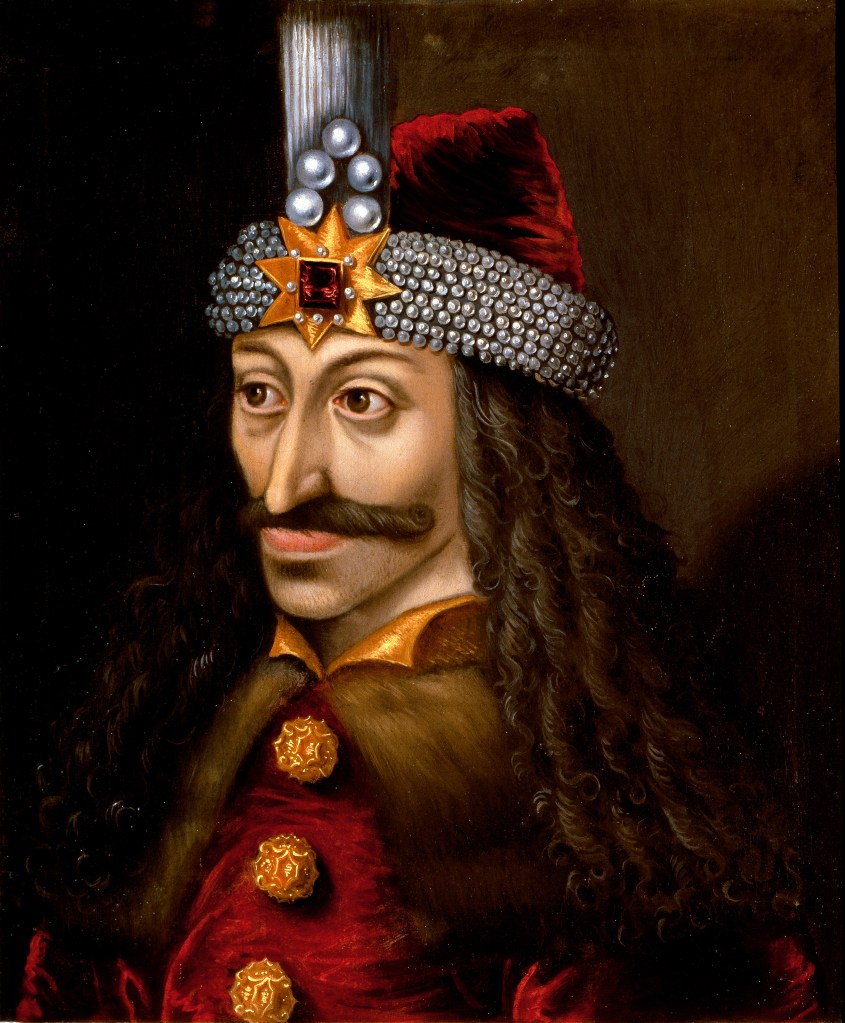Blood
Inspiration for Dracula character may have bled from his eyes: study
Vlad the Impaler, believed by some to be the inspiration for the legendary vampire Dracula, may have suffered from a condition that caused him to shed tears of blood, according to a new study.
Looking to learn more about the life of the savage ruler, researchers from Italy’s University of Catania obtained three letters written by Vlad Dracula in Transylvania, in 1457 and 1475, where he addressed leaders of the city of Sibiu over tax collection and other issues.
Using a non-damaging technique known as ethylene-vinyl acetate, the researchers harvested proteins and peptides from the letters’ rag paper, which they then isolated.
The team characterized 100 of the peptides as being of human origin.
After analyzing the peptides from the documents, the researchers discovered that three of the compounds detected in the 1475 letter alone were associated with proteins found in the retina and tears.

This suggested that the fearsome tyrant may have suffered from a condition known as haemolacria, where a person sheds blood-tinged tears.
“Although proteomics data cannot be considered exhaustive alone, altogether, these identifications
might indicate that Dracula ‘cried tears of blood,’” the authors wrote in a paper published this week in the journal Analytical Chemistry.
The researchers additionally found peptides and proteins on all three documents that suggested Vlad Dracula may have had a genetic disorder called ciliopathy, which would have affected his organs and cell function.

The bloody crier also may have suffered from inflammatory processes affecting his respiratory tract and skin.
The 15th-century tyrant, considered by some to have inspired Bram Stoker’s blood-thirsty count in the 1897 novel, “Dracula,” lorded over the principality of Wallachia, in what is now part of the southern region in modern Romania, during the mid-1400s.
During this time, he garnered a reputation as a hard-nosed defender of his land — but also a gruesome leader with a penchant for skewering his enemies.

University of Virginia professor Stanley Stepanic, who specializes in Slavic and vampire folklore, was skeptical of the study.
“We have no evidence of Vlad Dracula shedding tears of blood in the historical record and since anyone touching these letters could have deposited proteins on them over 500-plus years there is no certainty if any of his DNA is on there or which would be his,” Stepanic said.
The paper’s researchers noted that while many people during the medieval times may have touched the letters, the oldest proteins extracted most likely belonged to the documents’ author.

